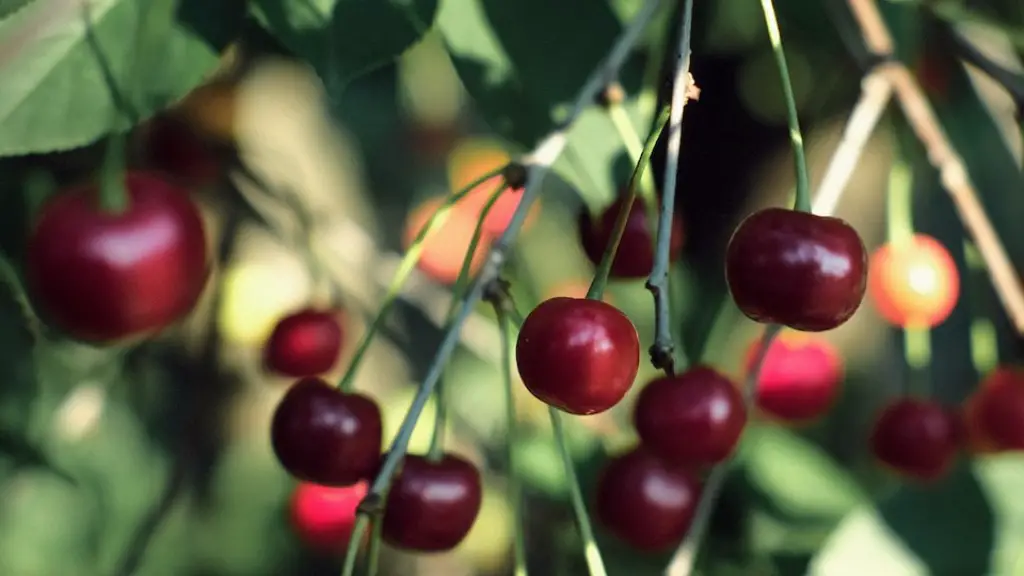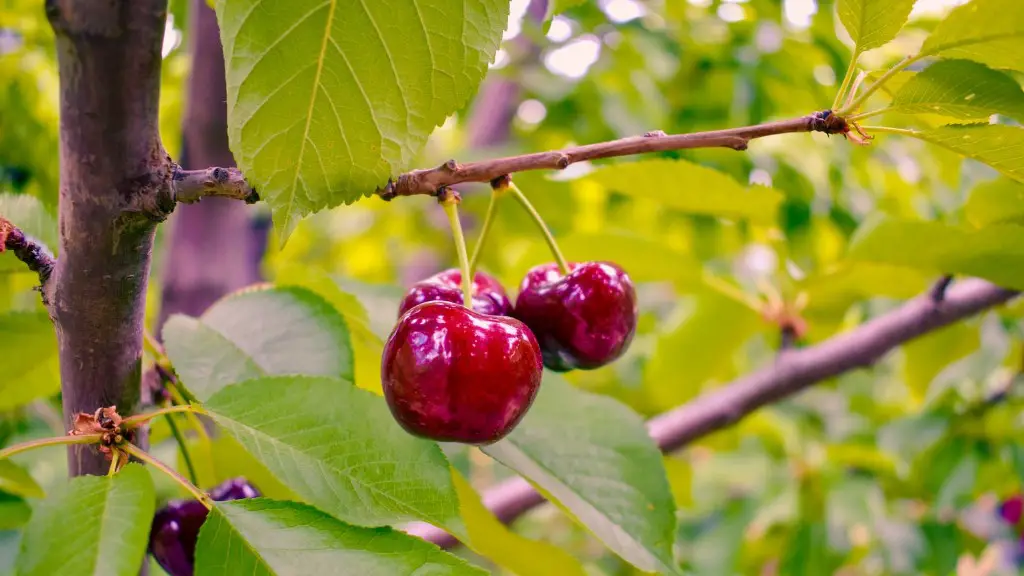Understand the Basics
Planting a palm tree in Florida can be easy, but it’s still important to understand the basics. Firstly, you need to decide on the type of palm tree you want to plant. Different types of palm trees can be found in different geographical locations and different temperatures. Knowing the climate of the area where you will be planting your tree is essential. It’s also important to assess the soil type in the area you’re planting in, so you can use the right fertilizer and compost.
Next, determine the size of the palm tree you’re looking to plant. If you’re planting a tall, large species, it’s important to make sure you have enough room for the roots to spread. It’s also essential to find a location with enough sunshine and water. Additionally, make sure that the area has good drainage and doesn’t get flooded when there is heavy rain.
Dig a Hole
Once you have chosen the location, it’s time to dig a hole. The depth of the hole should be a few inches further than the depth of the root ball. This will help to prevent the tree from settling into the soil or sinking. Make sure the sides of the hole aren’t too steep, as this can damage the root system of the palm tree and make it more susceptible to pests and diseases.
When you’re filling the hole with soil and compost, you want to make sure that it’s not so tight that the tree can’t spread its roots. You also want to make sure that the soil is moist but not waterlogged. If the soil is too wet, you’ll need to mix in some sand to help improve drainage.
Install Support Systems
When planting palm trees, it’s important to install support systems. If you’re planting a large, tall species, you’ll need to set up a stake in the ground so the tree can remain upright. Depending on the type of palm tree, you may also want to install a support system such as a guy wire or trellis. This will provide extra support to the tree and help it grow stronger and healthier.
Water and Fertilize
Once the tree is planted, it’s important to water it. Depending on the species, you’ll need to give it anywhere between 1-3 inches of water per week. If you don’t water it properly, the tree won’t be able to get the nutrients it needs to survive and grow.
In addition to water, you’ll need to fertilize the tree. Fertilizing will provide the tree with the nutrients it needs to grow, so make sure to use a fertilizer that’s specifically made for palm trees. Finally, mulch can help to keep the soil from drying out quickly and can provide additional nutrients for the tree.
Protect the Tree
When the tree is planted and watered, it’s important to protect it from cold temperatures. If the temperatures in your area drop too low, you’ll need to insulate the tree with burlap or other material. Additionally, it’s important to keep an eye out for pests and diseases. These can be difficult to spot, but can cause serious damage to the tree if not treated quickly.
If you want to keep your palm tree healthy, it’s essential to be vigilant and check for any signs of disease or pest infestations. Additionally, make sure the tree isn’t subjected to too much stress. Stress can lead to weakened growth, so make sure the tree is getting enough water, light, and nutrients.
Provide the Right Care
The best way to ensure that your palm tree thrives is to provide it with the right care. You’ll need to make sure the tree is getting enough water, light, and nutrients. It’s also important to protect the tree from cold temperatures and be on the lookout for pests and diseases. Additionally, make sure you’re using the right fertilizer and compost to ensure that the tree is getting the nutrients it needs to flourish.
Finally, make sure that you’re regularly pruning the tree to keep it healthy. Pruning will remove any dead or diseased branches and leaves, and will help to keep your palm tree healthy and strong.
Know Your Limits
Choosing the right location and soil is one of the most important steps when it comes to planting a palm tree. It’s essential to find a spot with enough water and sunlight, as well as good drainage. Additionally, make sure that you’re not planting a tree that’s too large for the space you have. If you don’t have enough room for the roots to spread, the tree won’t be able to thrive.
Choose the Right Species
When you’re planting a palm tree in Florida, it’s important to do your research. Different species of palms are adapted to different climates, so it’s essential to find a species that will grow well in your area. It’s also important to consider the size and shape of the tree, as well as how much space you have. Doing your research will help you make an informed decision and ensure that your palm tree is a success.
Contact an Expert
If you’re planting a palm tree in Florida, it’s always a good idea to contact a local horticulturalist or arborist. These professionals can provide valuable advice on the best species for your location, and can help you understand the care and maintenance the tree will need. Don’t be afraid to reach out to an expert if you’re feeling overwhelmed or confused by the process.
Understand Local Regulations
Before you plant a palm tree, it’s important to understand local regulations. Different cities and counties have different rules and regulations when it comes to planting trees, so it’s essential to do your research. Local regulations can provide vital information on the species you can plant, as well as the size and placement of the tree. Understanding local regulations is an important step that shouldn’t be overlooked.
Provide Adequate Maintenance
Planting a palm tree in Florida is no small task, and it’s important to provide the tree with adequate maintenance. This includes things like pruning, fertilizing, and protecting the tree from pests and diseases. Additionally, it’s important to make sure that the soil is kept moist but not waterlogged, and that the tree is receiving enough sunlight and water. Regular maintenance will ensure that your palm tree has the best chance to flourish and grow.
Be Patient
Finally, it’s important to be patient. Planting a palm tree is a big undertaking, and it may take some time for the tree to acclimate to its new environment. With the right care and patience, your palm tree will be sure to thrive.


